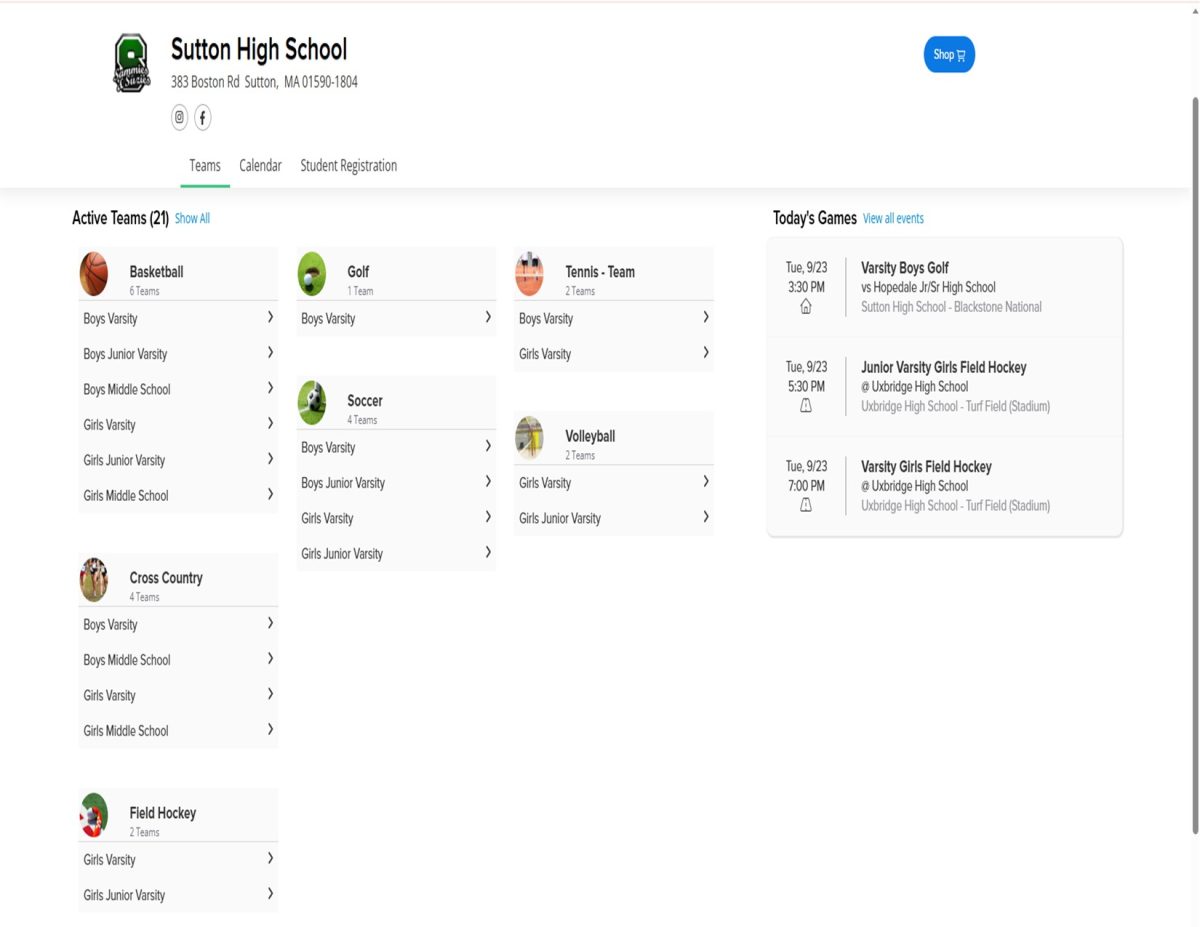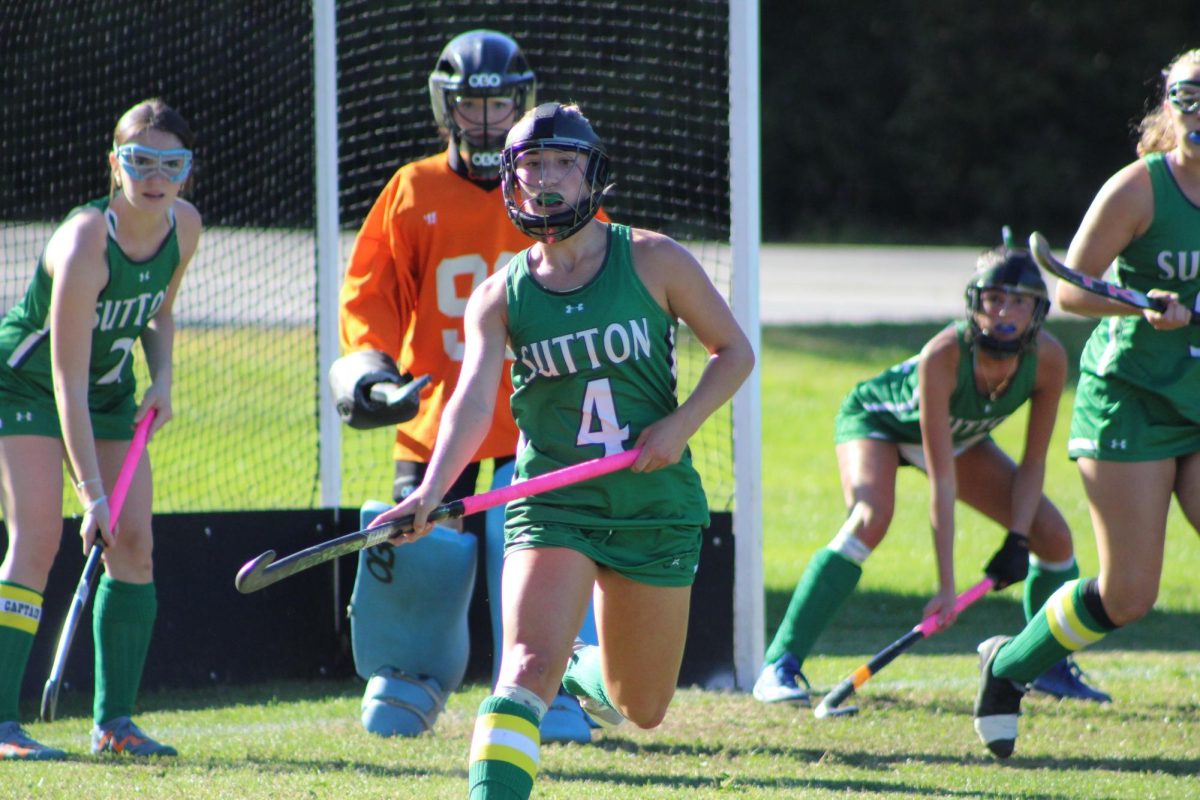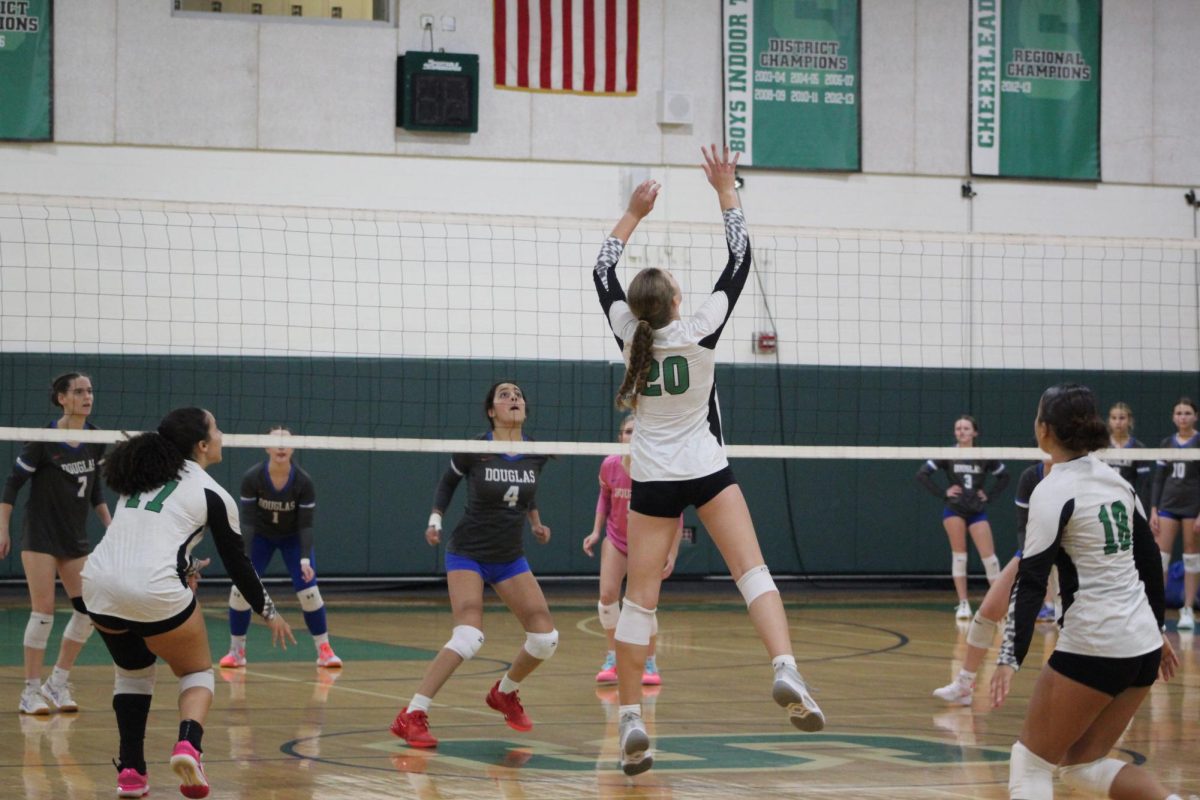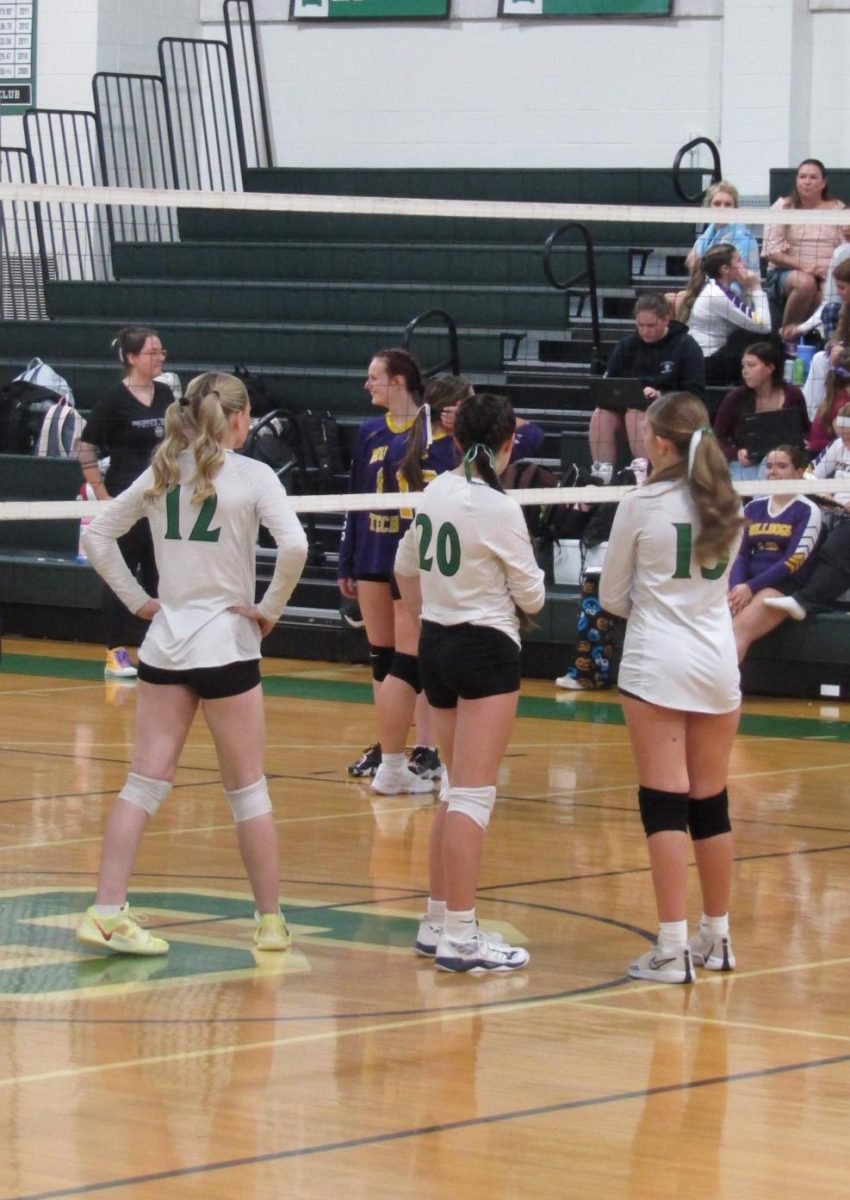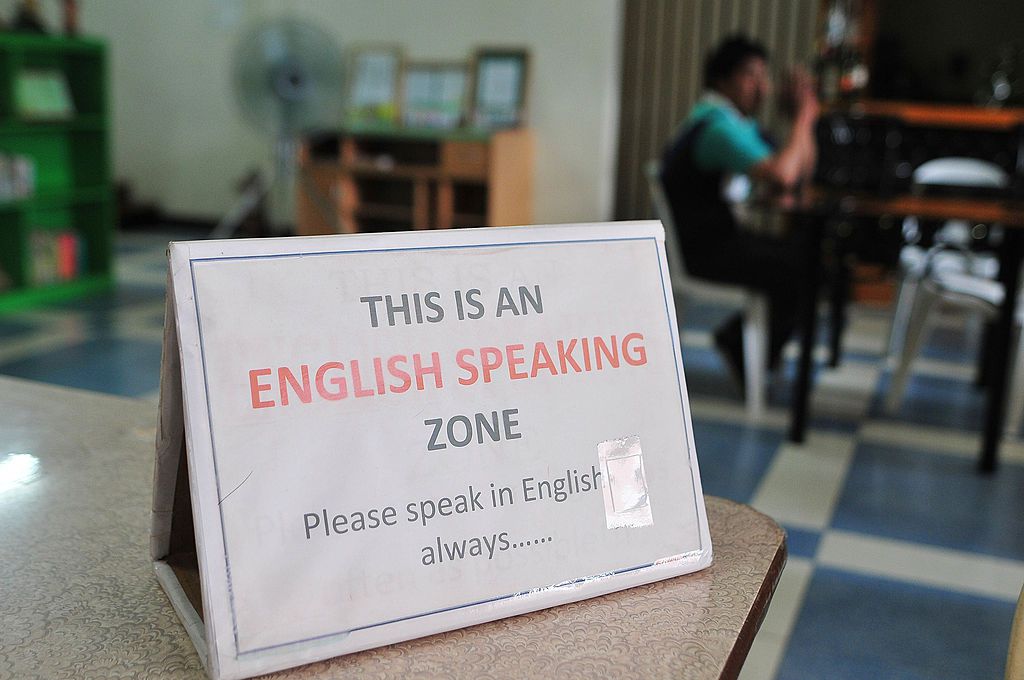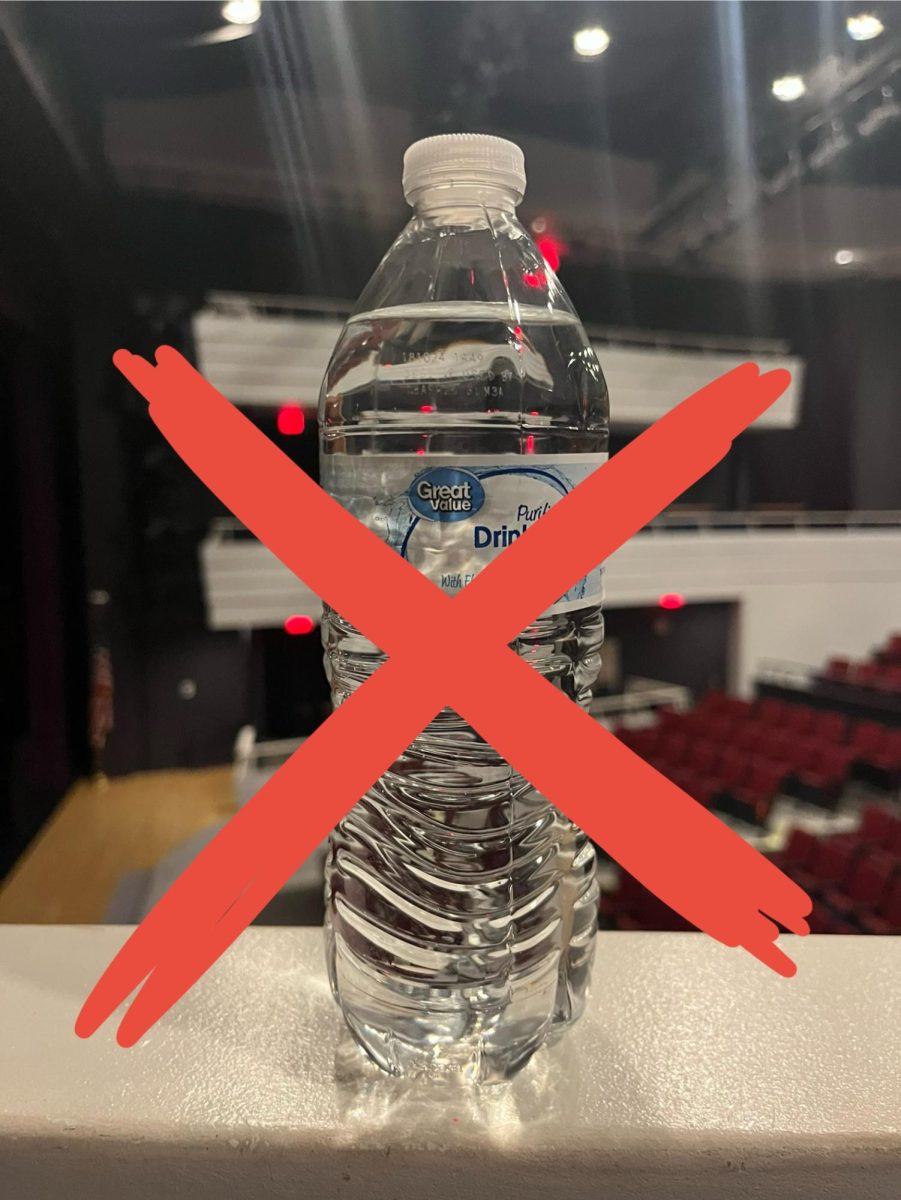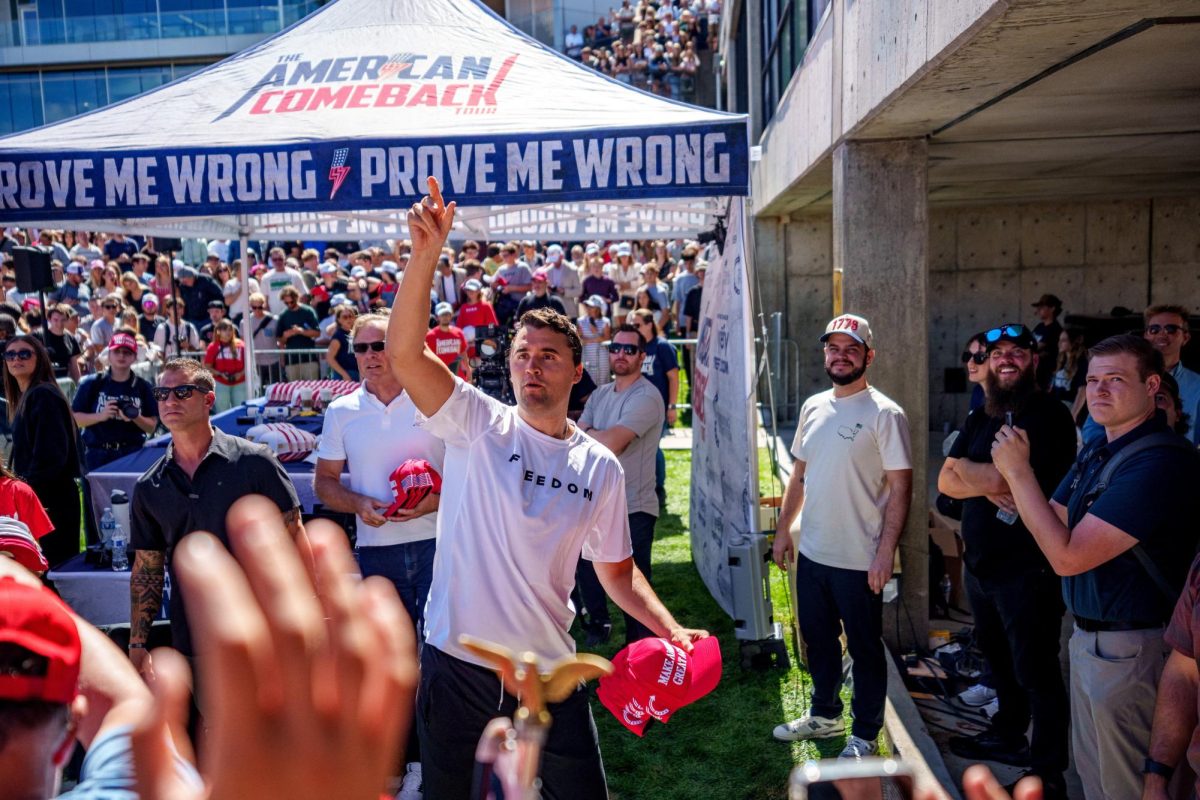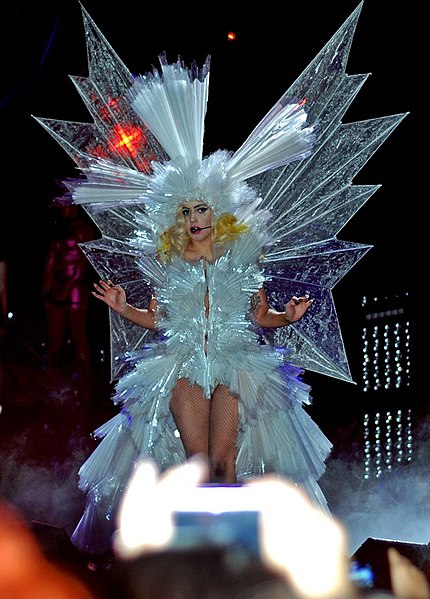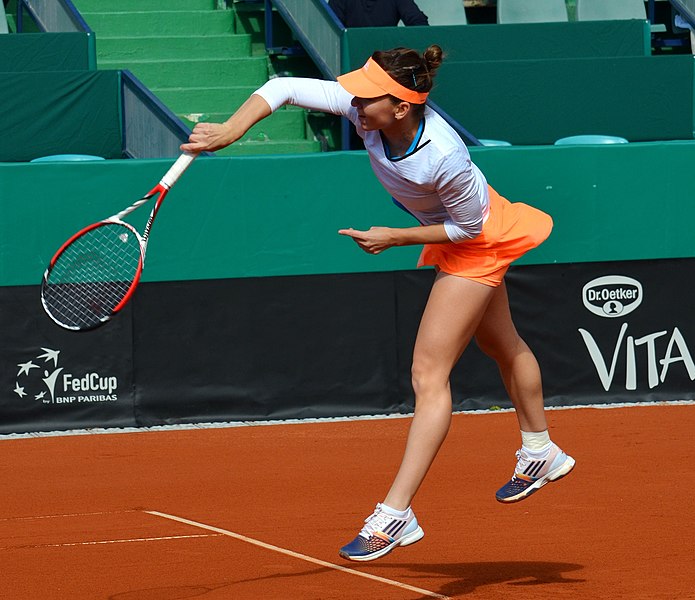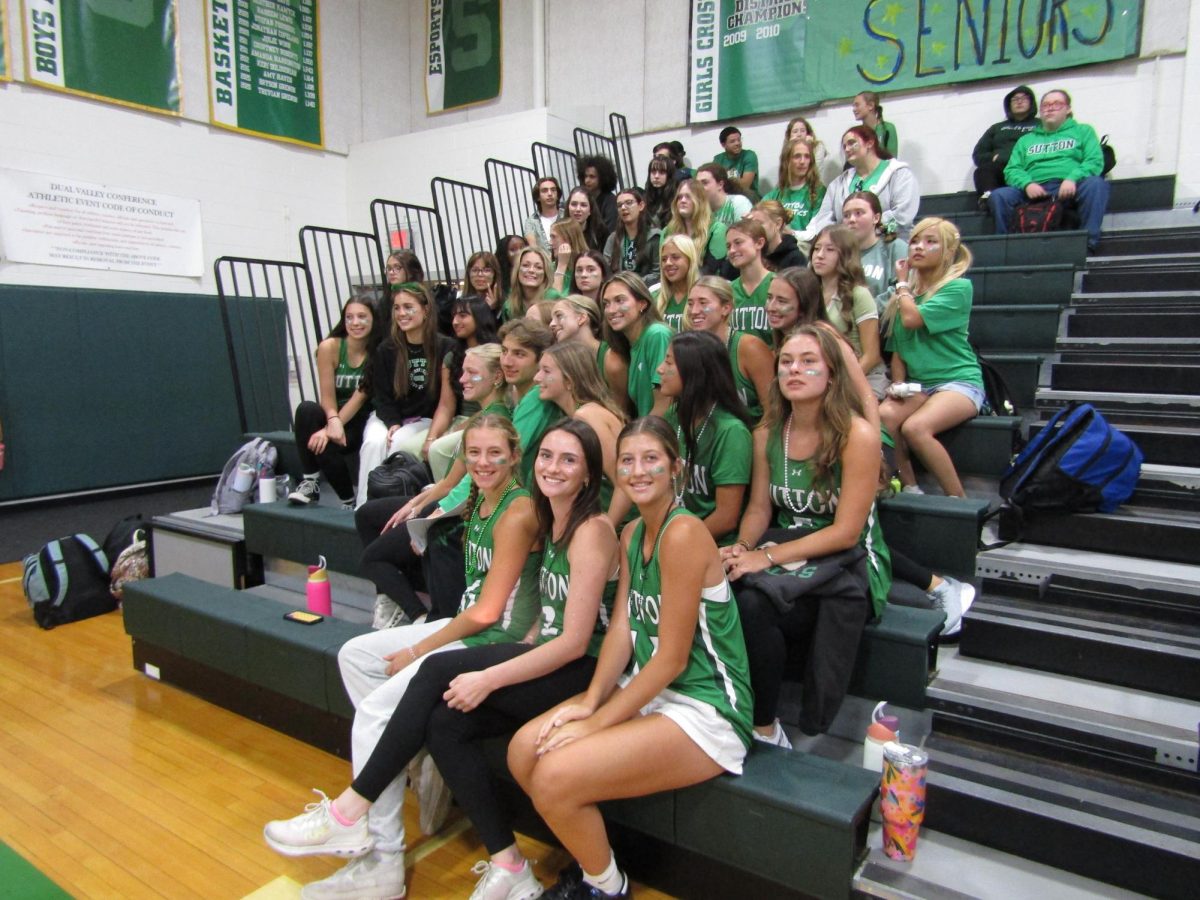The issue of equal pay has been debated for many years.
In spite of the success of many women’s athletes and various teams and their popularity continuing to rise, the amount they are paid is substantially lower than their male counterparts. This difference is blatant in many sports such as soccer, basketball, and tennis.
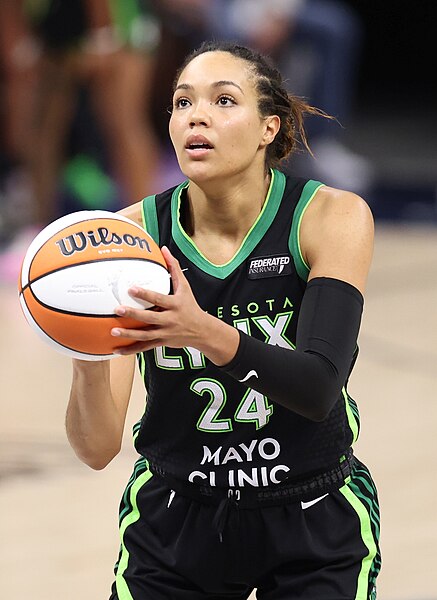
The strongest argument for the difference in pay is revenue. Traditionally, men’s sports have always drawn in larger audiences. They have more sponsorship deals and higher broadcasting rights fees. This disparity is displayed even at Sutton High School regarding fan attendance at boys vs. girls sports. Attendance at the Girls Soccer State Final was much lower than at the Boys Soccer State Final. Why is that?
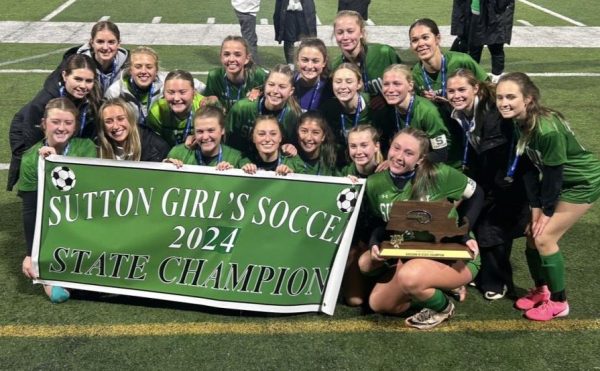
Additionally, prize money for male athletes is much higher than women’s. While the NBA rewards its players with about 50% of the league profits from viewership, the WNBA pays at most about 23% of the league’s profits. While women’s sports continue building an audience, there is potential for increased revenue. A very prominent example is the 2019 FIFA Women’s World Cup. These World Championship games drew record crowds, showing the interest in women’s soccer worldwide. The coverage in the participating countries totaled a combined 1.12 billion viewers.
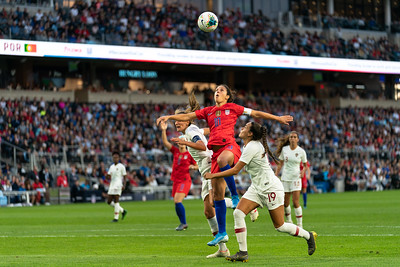
Many women athletes have fought against the discrimination. For instance, only a few months before the 2019 Women’s World Cup, twenty-eight members of the United States Women’s National Soccer Team filed a lawsuit against the United States Soccer Federation. These women argued that the USSF had violated Title IX and the Equal Pay Act. Their lawsuit against the U.S. Soccer Federation for gender discrimination put a global spotlight on the pay issue.
In February 2022, after an agreement was finally reached, these players were paid $24 million in compensation. The deal also included equal pay for the women’s team that matched their male counterparts, including equal rates for game appearances and tournament bonuses. This agreement marked just one of the high points in pushing for gender equality in sports.
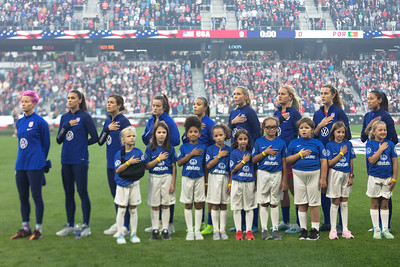
Additionally Billie Jean King has been a very strong advocate for equal pay for many years. Thanks to her advocacy and the creation of the Women’s Tennis Association in 1973, the U.S Open became the first-ever major tournament to offer equal prize money for both women and men. Since then, she has continued to advocate for equality.
There is more that can be done in the fight for equal pay. Progress toward eliminating the pay disparity in women’s sports, to ensure more visibility and fan support, is on the way, and for these hardworking woman athletes receiving the right compensation.
